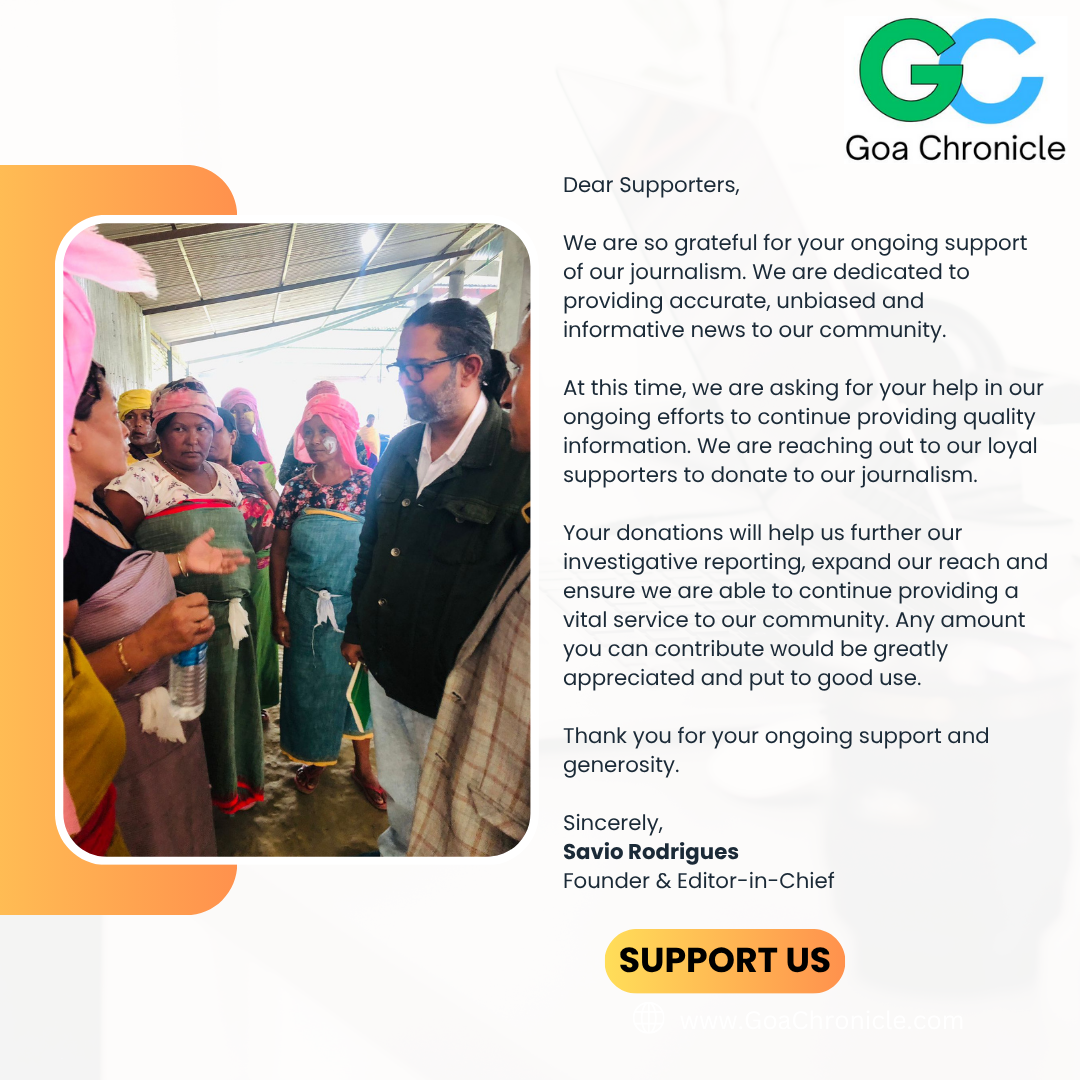Artificial Intelligence (AI) has rapidly advanced in recent years, transforming industries, economies, and societies. While much of the discussion around AI focuses on its economic impact, its potential role in promoting global peace is equally profound.
AI can be a powerful tool in preventing conflict, fostering dialogue, and building more stable societies. AI can contribute to global peace and the challenges that must be addressed to harness its potential effectively.
Using AI to predict conflicts
One of the most promising applications of AI in promoting peace is its ability to predict and prevent conflicts.
Conflict prediction has long been a challenging and critical aspect of maintaining global security and stability. Traditional methods rely on human analysis of historical data, expert opinions, and sociopolitical trends. However, these approaches often fall short due to the complexity and dynamic nature of conflicts. With the advent of artificial intelligence (AI), there is a promising new avenue to enhance the accuracy and timeliness of conflict prediction.
Conflicts, ranging from civil wars to international disputes, have devastating consequences on human lives, economies, and global stability. Early detection and prevention are crucial for mitigating these impacts. Traditional conflict prediction methods often struggle with the vast and ever-changing nature of data, leading to delayed or inaccurate predictions. AI offers a solution by handling large datasets, identifying complex patterns, and continuously learning from new information, thereby enhancing predictive capabilities.
The United Nations Global Pulse initiative leverages AI to monitor social media and other data sources for early signs of conflict. In Africa, AI systems have been used to analyze social media data to detect patterns of unrest and potential violence. By tracking spikes in certain keywords and sentiment analysis, the AI could predict areas where protests or violence might occur, allowing for timely intervention.
Stability AI, in collaboration with the European Commission, developed an AI system to predict political instability and conflict in various countries. In 2022, this AI system successfully predicted the likelihood of civil unrest in Sri Lanka due to economic crises. By analyzing economic indicators, social media discourse, and news reports, the system provided early warnings that allowed for diplomatic engagement and humanitarian preparations.
The Defense Advanced Research Projects Agency (DARPA) in the United States has developed the KAIROS (Knowledge-directed Artificial Intelligence Reasoning Over Schemas) program. This initiative uses AI to predict conflicts by understanding the context of events. During the lead-up to the conflict in Ethiopia’s Tigray region, KAIROS analyzed a multitude of data, including political speeches, troop movements, and social media posts. The system identified escalating tensions and the likelihood of conflict, which informed strategic decisions by policymakers.
The Armed Conflict Location & Event Data Project (ACLED) uses machine learning models to predict conflict events based on historical data and real-time information. In 2023, ACLED’s models were used to forecast potential conflict hotspots in Myanmar. By examining historical patterns of violence, current political developments, and local reports, the AI system provided forecasts that helped humanitarian organizations prepare for displacement and aid distribution.
The Global Database of Events, Language, and Tone (GDELT) Project monitors the world’s broadcast, print, and web news in over 100 languages, using AI to predict conflict. GDELT was used to predict rising tensions in Lebanon in late 2022 by analyzing changes in media tone and the frequency of certain event types, such as protests and political violence. The predictions enabled NGOs and international organizations to allocate resources more effectively to areas of likely conflict.
Hume AI uses emotion analysis to predict conflict by assessing the emotional tone of communication on social media and other platforms. In early 2023, Hume AI identified heightened emotional intensity and anger in social media discussions in Pakistan, correlating with political instability and protests. This analysis provided early warning signals that were used by local authorities to enhance security measures.
In the UK, police forces in cities like London and Manchester are using predictive policing programs that leverage AI to analyze crime data and predict potential hotspots. By deploying resources proactively, these programs aim to prevent crime and reduce tensions within communities, contributing to social stability.
In Kenya, AI-driven tools have been used to monitor social media for signs of election-related violence. During the 2022 elections, organizations like Ushahidi employed AI to detect and report instances of hate speech and incitement, allowing authorities to intervene quickly and prevent escalation.
AI algorithms can analyze vast amounts of data from diverse sources, including social media, news reports, and satellite imagery, to identify patterns and signals indicative of rising tensions or potential conflicts. For example:
AI can develop early warning systems that alert governments and international organizations to emerging threats. By detecting signs of political instability, economic distress, or social unrest, these systems can enable timely interventions to prevent conflicts from escalating. AI-powered tools can analyze historical data on conflicts to identify common triggers and patterns. This analysis can inform policymakers about potential hotspots and guide diplomatic efforts to mitigate risks.
Using AI to enhance diplomatic efforts
AI can also enhance diplomatic efforts by providing decision-makers with better tools and insights. This can improve negotiation processes and conflict resolution strategies:
During the Brexit negotiations, EU institutions used AI-powered translation tools like Google Translate to manage communication across multiple languages. This ensured that all parties had access to accurate and timely information, facilitating smoother negotiations and reducing misunderstandings.
AI also aids in negotiation processes by analyzing historical data, identifying patterns, and suggesting optimal strategies. AI-driven simulations can model various negotiation scenarios, helping diplomats anticipate responses and refine their approaches. The Global Database of Events, Language, and Tone (GDELT) Project utilizes AI to monitor and analyze global news media in real time. By processing data from news articles and social media, GDELT provides insights into geopolitical trends and emerging conflicts, aiding diplomats in making informed decisions.
Harvard University’s Program on Negotiation has experimented with AI tools to analyze negotiation tactics and outcomes. By studying past negotiation data, AI provides diplomats with strategies likely to yield favorable results, enhancing their bargaining power.
The Satellite Sentinel Project, co-founded by actor George Clooney and the Enough Project, uses AI to analyze satellite imagery in conflict zones like Sudan and South Sudan. AI identifies signs of violence, such as troop movements or burned villages, providing real-time data to support peacekeeping missions and humanitarian interventions. AI also supports mediation efforts by identifying underlying causes of conflicts and suggesting potential solutions based on historical data.
IBM Watson has been employed in analyzing conflict data to support peace negotiations. By examining vast datasets, Watson identifies patterns and root causes of conflicts, offering diplomats evidence-based recommendations for mediation and resolution.
The U.S. State Department uses AI to analyze social media trends and public sentiment worldwide. This information helps diplomats craft messages that resonate with target audiences, improving the effectiveness of public diplomacy campaigns. AI also helps in crafting personalized communication strategies by analyzing cultural nuances and preferences, ensuring that diplomatic efforts are culturally sensitive and well-received.
The French Ministry of Foreign Affairs employs AI to analyze data on cultural trends and public opinion in different countries. This allows them to design culturally appropriate initiatives and messages that strengthen France’s diplomatic ties.
Using AI for Social Cohesion
Artificial Intelligence (AI) is increasingly recognized for its potential to enhance social cohesion by improving communication, promoting inclusivity, facilitating conflict resolution, and supporting community engagement. In today’s rapidly changing world, leveraging AI can help bridge divides and create more harmonious societies.
AI has been used to ensure equitable distribution of disaster relief. For example, after the 2020 Beirut explosion, AI-driven data analysis helped identify the most affected areas and communities in need of immediate assistance. This ensured that relief efforts were inclusive and reached those who needed it most, fostering a sense of community solidarity.
During the COVID-19 pandemic, many governments and health organizations deployed AI chatbots to provide accurate, real-time information to citizens. For instance, the World Health Organization (WHO) launched a chatbot on WhatsApp to disseminate information in multiple languages, helping communities worldwide stay informed and connected.
During conflicts, education can be disrupted, particularly for displaced children. AI-powered educational platforms like Rumie use adaptive learning technologies to provide personalized education to children in refugee camps. These platforms help ensure that all children, regardless of their circumstances, have access to education, promoting long-term social cohesion.
Japan uses AI to improve its response to natural disasters like earthquakes. AI algorithms analyze data from seismic sensors and social media to provide real-time updates and predict the impact of aftershocks. This allows authorities to deploy resources more effectively, coordinate rescue efforts, and communicate timely information to the public, enhancing social cohesion during emergencies.
UNICEF’s U-Report platform uses chatbots to engage with young people worldwide, providing them with critical information and collecting data on their needs and concerns during crises.
AI undoubtedly can be harnessed to create a safer and better world by using it to predict conflicts, enhance diplomatic efforts, and foster social cohesion during conflicts, crises, and even disasters.































